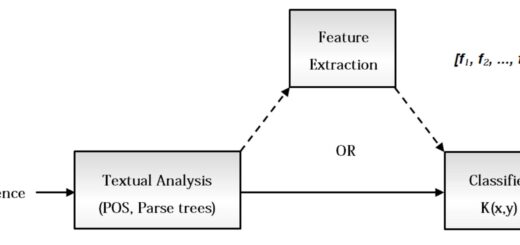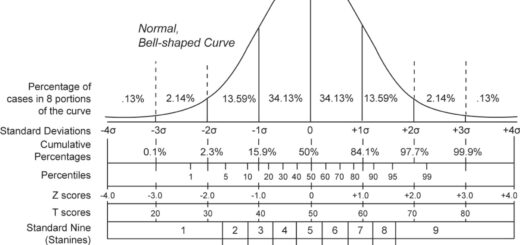Markov Chain Introduction in R
The Markov chain is used to explain even the most complex real-time events. Markov chain is used in some form by speech recognition, text identifiers, path recognition, and many other Artificial Intelligence systems.
In this tutorial, we’ll show how simple it is to grasp this notion and how to put it into practice in R.
LSTM Network in R » Recurrent Neural network » finnstats
Markov Chain Introduction in R
The “memorylessness” idea underpins the Markov chain. In other words, the process’s future state is determined solely by the prior state, rather than the order of states.
This basic assumption simplifies conditional probability computation and allows this approach to be used in a variety of contexts.
We commonly employ the Latent Markov model, which is a more advanced variant of the Markov chain, in real-world issues.
Example
In-country A, there are just two businesses: Water1 and Water2. One of these competitors is interested in forming a partnership with a water firm.
They employ a market research firm to determine which brand will have the greater market share after one month.
Water1 currently controls 60% of the market, while Water2 controls 40%.
Naive Approach Forecasting Example » finnstats
The following are the results of the market research firm’s findings:
Over a month, the probability of a client sticking with the brand water1 is 0.8.
Over a month, the probability of a consumer switching from water1 to water2 is 0.2.
Over a month, the probability of a client sticking with the brand water2 is 0.9.
Over a month, the probability of a consumer switching from water2 to water1 is 0.1.
We can observe that customers prefer water2, although water2 has a lower market share right now.
As a result, we can’t be certain about the recommendation unless we run some transition calculations.
Markov Chain Introduction in R
Step 1: Making a transition matrix and using a discrete-time Markov chain
#install.packages("markovchain")
#install.packages("diagram")
library(markovchain)
library(diagram)
Creating a transition matrix
transmat <- matrix(c(0.8,0.2,0.1,0.9),nrow = 2, byrow = TRUE) transmat
[,1] [,2] [1,] 0.8 0.2 [2,] 0.1 0.9
Create the Discrete-Time Markov Chain
disctrans <- new("markovchain",transitionMatrix=transmat, states=c("water1","water2"), name="MC 1")
disctrans
MC 1 A 2 - dimensional discrete Markov Chain defined by the following states: Water1, Water2 The transition matrix (by rows) is defined as follows: Water1 Water2 Water1 0.8 0.2 Water2 0.1 0.9
plot(disctrans)

Step 2: After 1 month and 2 months, the market share is calculated.
Market Share after one month
Current_state<-c(0.6,0.40) steps<-1 finalState<-Current_state*disc_trans^steps #using power operator finalState
Water1 Water2 [1,] 0.52 0.48
Market Share after two months
Best Course For Data Analytics Free » finnstats
Current_state<-c(0.60,0.40) steps<-2 finalState<-Current_state*disctrans^steps #using power operator finalState
Water1 Water2 [1,] 0.464 0.536
Step 3: Creating a steady state Matrix
Steady-state Matrix
steadyStates(disc_trans)
Water1 Water2 [1,] 0.3333333 0.6666667
Conclusion
Even current market share is low, going with water 2 is ideal. In this article, we introduced you to Markov chain equations, terminology, and their implementation in R.
Homoscedasticity in Regression Analysis » finnstats
The purpose of this research was to show how basic Markov chain principles and absorbing Markov chains may be used to address a business challenge.


